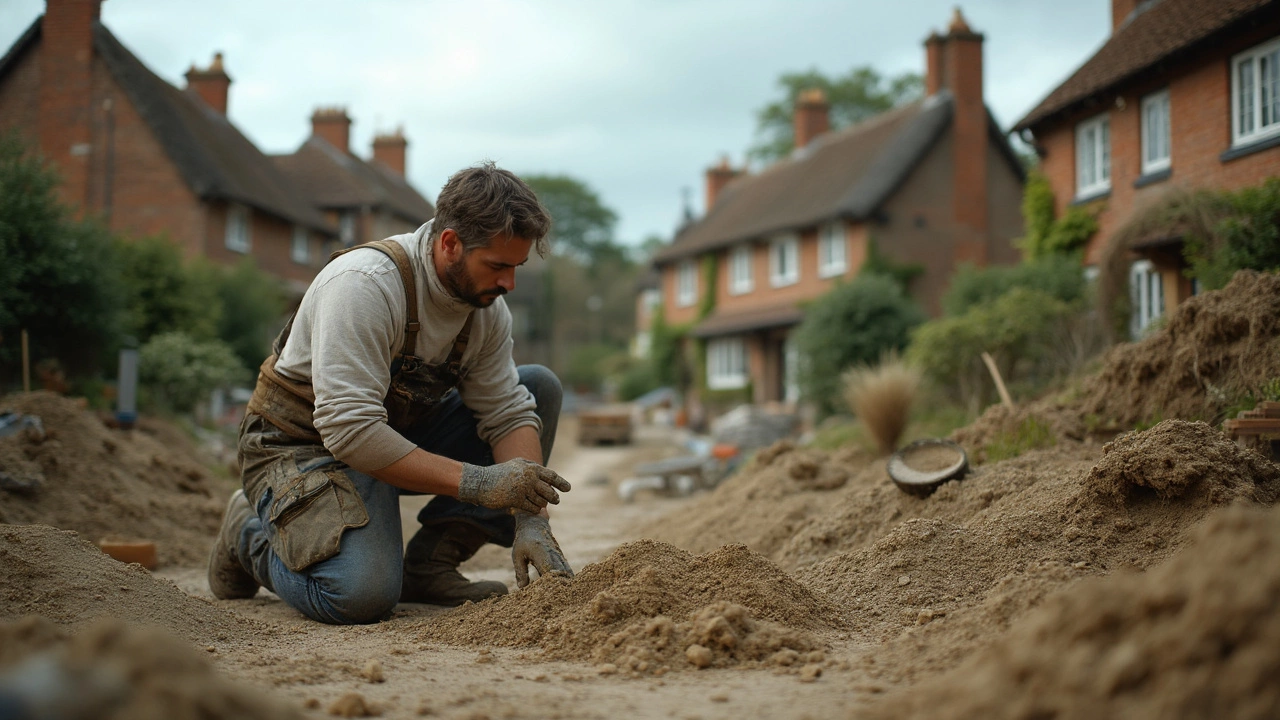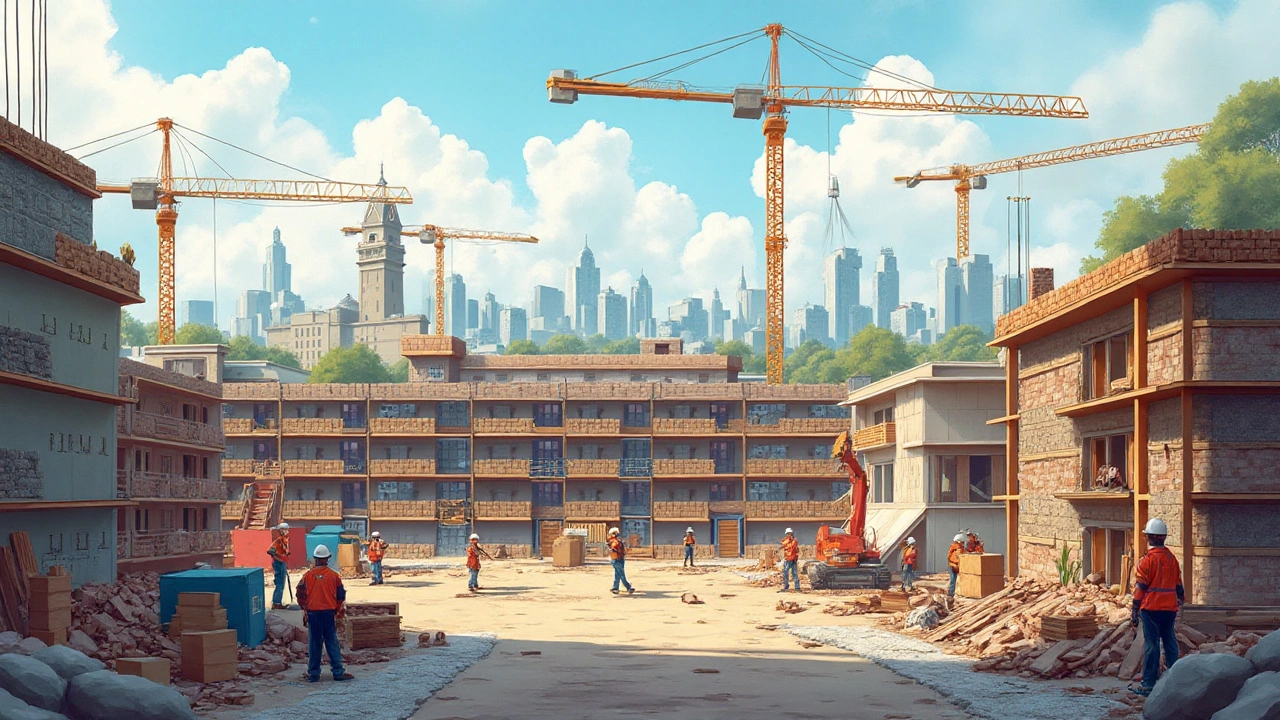Type D construction refers to specific building standards focused on fire safety and materials. Learn what it means for safety, design, and compliance in modern construction.
Construction Materials: What Every Builder Needs to Know
If you're planning a build, the first thing that decides success is the material you choose. From concrete to timber, each product brings its own strengths, costs, and quirks. This guide breaks down the basics, points out the most durable options, and shows you how to match material to project without over‑spending.
Choosing Durable Materials That Stand the Test of Time
When you think durability, stone, brick, and high‑grade concrete top the list. Stone and brick have been used for centuries because they resist weather, fire, and wear. Modern concrete mixes add reinforcing fibers that make slabs tougher and less prone to cracking. If your budget allows, consider a concrete blend with a low water‑to‑cement ratio – it will harden stronger and last longer.
Timber can also be a great choice, but you need to pick the right grade. Softwoods like pine are cheap but sag over time unless they’re treated. Hardwoods such as oak or engineered wood panels resist warping, especially in humid climates. Adding a protective sealant or using pre‑treated boards cuts maintenance costs dramatically.
Raw Materials Every Builder Should Have on Hand
Before you swing a hammer, stock up on a few core raw materials. Cement, sand, and aggregate form the backbone of most foundations. Having a ready supply lets you pour footings quickly, which reduces labour time and keeps the schedule tight. Steel rebar, mesh, or even modern fiber‑reinforced polymers give extra strength to slabs, walls, and columns.
Insulation is another hidden hero. Rigid foam boards, mineral wool, or reflective sheeting improve energy efficiency and protect structural members from moisture. Properly installed insulation can lower heating bills by up to 30 % and also extend the life of the building envelope.
Finally, don’t forget the finishing touches. High‑quality tiles, waterproof membranes, and durable floor coatings protect interiors from daily wear. Our own range of tiles and interior solutions includes easy‑clean surfaces that stay looking fresh for years.
Picking the right material isn’t just about price – it’s about fitting the product to the job. A cheap floor tile may save you today but could need replacement next year, costing more in the long run. Think about life‑cycle cost: purchase price plus installation, maintenance, and eventual replacement.
Want to keep things green? Look for recycled aggregates, reclaimed timber, or low‑VOC sealants. These options lower your carbon footprint and often qualify for local incentive programs, putting money back in your pocket.
In short, the secret to a smooth build is simple: know your material, match it to the environment, and plan for the future. With the right choices, your project will finish on time, stay within budget, and stand strong for decades.
When it comes to repairing a foundation, choosing the right cement is crucial. Different types of cement can address various foundation issues, offering solutions suited to specific needs. Weather conditions, existing damage, and the type of foundation all play a role in determining the best cement for the job. Make informed choices by learning about the types and uses of different cements, ensuring a safe and stable foundation.
Discover the key raw materials that serve as the foundation for construction around the world. This article explores five essential materials vital in building homes, infrastructures, and urban landscapes. Gain insight into their natural origins, significance in construction, and factors that influence their selection. Whether you're a professional or simply curious, enrich your understanding of the elements that shape our environments. Uncover interesting facts and practical tips for using these materials effectively.


